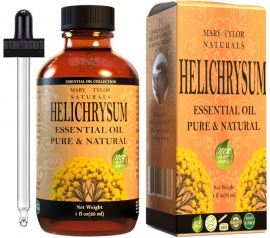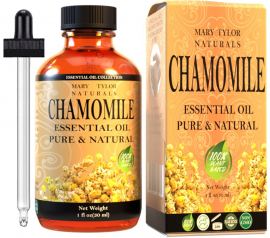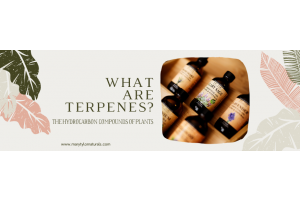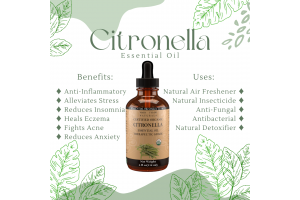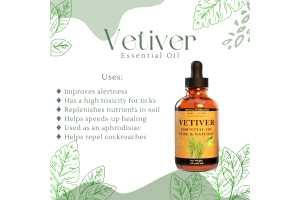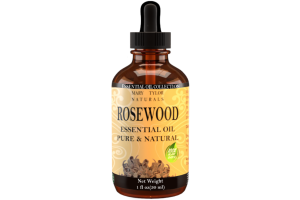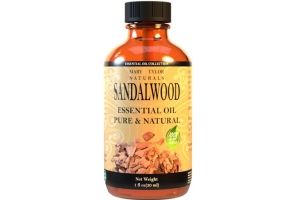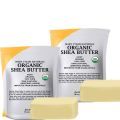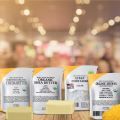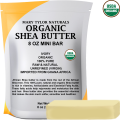Helichrysum & Chamomile Are An Unlikely Pair Nature Has Given Us
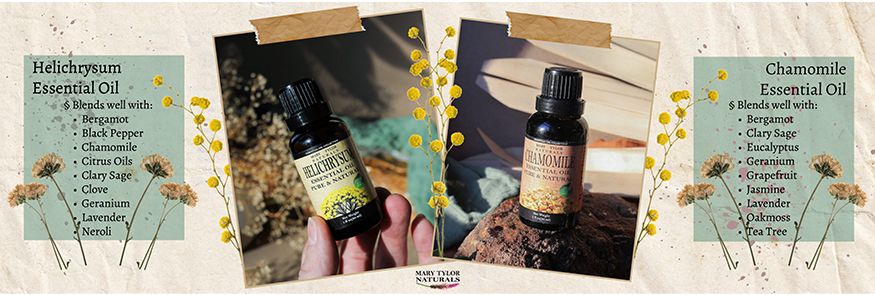
Offering their aromatic oils, they ease the pain of trauma, reduce inflammation, speed the healing of wounds, and calm emotional disturbances.
Helichrysum, or immortelle, is a common yet highly beneficial plant. It grows profusely in many parts of the world, preferring open and sunny hillsides. There are about six hundred species of helichrysum, many of which are grown as garden ornamentals. Although the unknowing passerby might not even notice this small shrub, immortelle gives us one of the most potent, safe, effective, and versatile of all the therapeutic oils.
Chamomile is also a plant that one might overlook, growing unobtrusively as a low-lying herbaceous groundcover. But chamomile's humble appearance is deceiving: this important species has an elevated place in old European herbology, and is one of the earliest herbs mentioned in the English herbal tradition. Chamomile tea is renowned as an effective home remedy for everything from indigestion and menstrual cramps to insomnia and grumpiness in children.
Helichrysum oil is superior wound-healing agent with pronounced bruise-resolving, pain-reducing, anti-inflammatory, anti-rheumatic, and anti-arthritic properties. These healing powers are thought to be produced by antioxidant compounds present in the leaves and flowers, substances which are now being studied for potential new drug products.
Helichrysum essential oil can be used interchangeably or in combination with the chamomile oils. For strained muscles or aching joints, apply a warm compress generously sprinkled with one or both oils. Alternately, apply helichrysum oil mixed in a carrier of rosehip seed oil; this combination is an effective remedy for the litany of complaints related to athletic overexertion, as well as many skin diseases.

